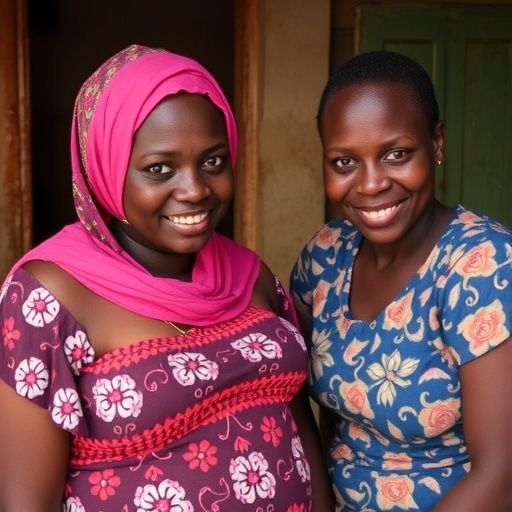
Athens, Ga. – The University of Georgia's Mark Ebell wasn't impressed with research on infectious mononucleosis when he wrote his first published review on it back in the 1990s. He still isn't–a subject he discusses in the April issue of the Journal of the American Medical Association.
Early diagnosis of mono is key in expediting proper treatment, said Ebell, a professor of epidemiology in the College of Public Health. When mono patients present with enlarged tonsils and swollen glands, many physicians assume the issue is strep throat and prescribe antibiotics, the preferred treatment for bacterial strep infection but completely useless against viral mono.
The over-prescription of antibiotics has important detrimental effects, he explained.
"By overusing antibiotics, we increase resistance of bacteria to antibiotics," he said. "We waste money. We sometimes cause very serious adverse effects like allergic reactions or Clostridium difficile infection," the latter being a bacterial overgrowth that causes severe diarrhea.
In addition to preventing the prescription of useless antibiotics, Ebell also wanted this study to inform the prognosis and recommendations given to patients after diagnosis.
"I like to help doctors make the best use of their clinical skills, of the questions they ask, of the exam maneuvers they do, so they know what to focus on when they're seeing a patient," he said.
"Also, we tend to focus a lot on diagnosis and treatment in medicine, but I think that the importance of making a good prognosis is underappreciated. Patients often ask, 'When am I going to feel better, doc?' and deserve an accurate answer."
Mono patients should expect to have persistent symptoms of the virus for three to four weeks, possibly longer, Ebell said. Patients shouldn't expect to get out and play contact sports any time soon, as the virus enlarges the spleen and puts it at risk of rupturing.
In the 1990s, when Ebell first published on mono, "what I was struck by then was how limited the research was on what is really a fairly common problem, especially among adolescents and young adults," he explained. "So I wanted to revisit that area and see if the research had improved over the past 20 years."
To determine whether that was the case, Ebell and his colleagues in the department of epidemiology and biostatistics set out to systematically review studies involving the clinical diagnosis of mono. The goal was to determine how clinicians can best use the presence of signs or symptoms of the illness and white blood cell counts to diagnose mono.
Their review relied on articles from PubMed and EMBASE, the European equivalent of PubMed, dating from 2015 back to 1966 and 1947, respectively. These articles were narrowed to 11 studies that allowed the researchers to look at the effectiveness of physical exams and white blood cell count analysis in detecting mono in individual patients.
They found that the best predictors of mono were swollen posterior cervical or axillary lymph nodes, fatigue, and enlarged spleen, as well as the percentage of a patient's white blood cells that are lymphocytes or atypical lymphocytes. Having more than 50 percent lymphocytes or 10 percent atypical lymphocytes greatly increased the likelihood of mono.
It was a disappointment to find that the "literature is still pretty bad" when it comes to analyzing mono, but Ebell plans to work in collaboration with UGA's University Health Center to examine the accuracy of the Monospot test, a screening that analyzes blood for the presence of viral antibodies; evaluate the signs and symptoms of patients with mono; and analyze individual patient's prognoses over the course of the illness.
###
The study, "Does This Patient Have Infectious Mononucleosis? The Rational Clinical Examination Systematic Review," is available online at http://jama.jamanetwork.com/article.aspx?articleid=2512790.
Marlene Call, JoAnna Shinholser and Jack Gardner of the UGA College of Public Health co-authored the study.
Media Contact
Stephanie Schupska
[email protected]
706-542-6927
@universityofga
http://www.uga.edu





